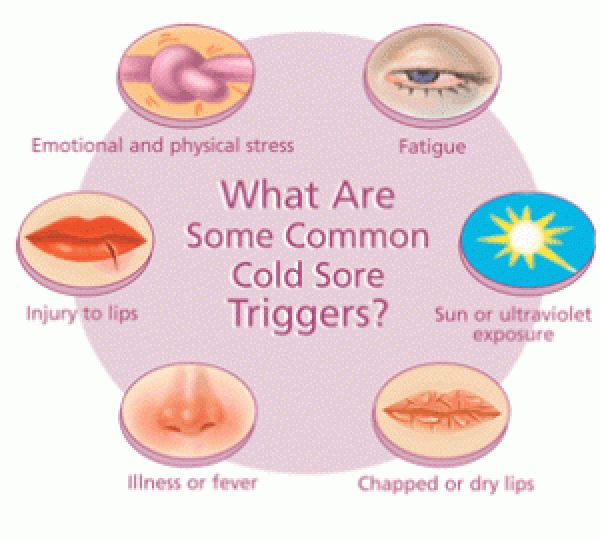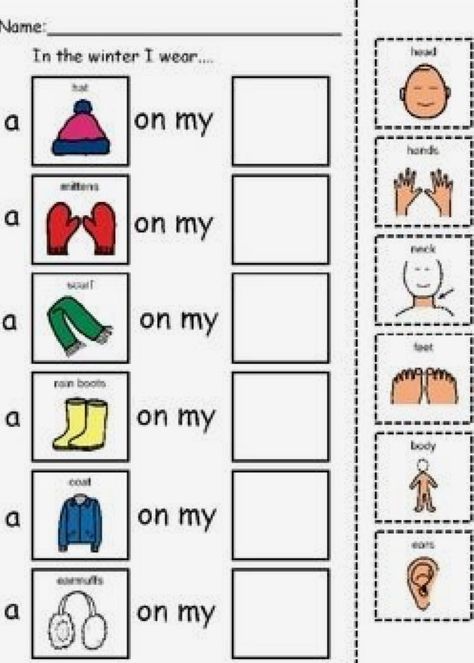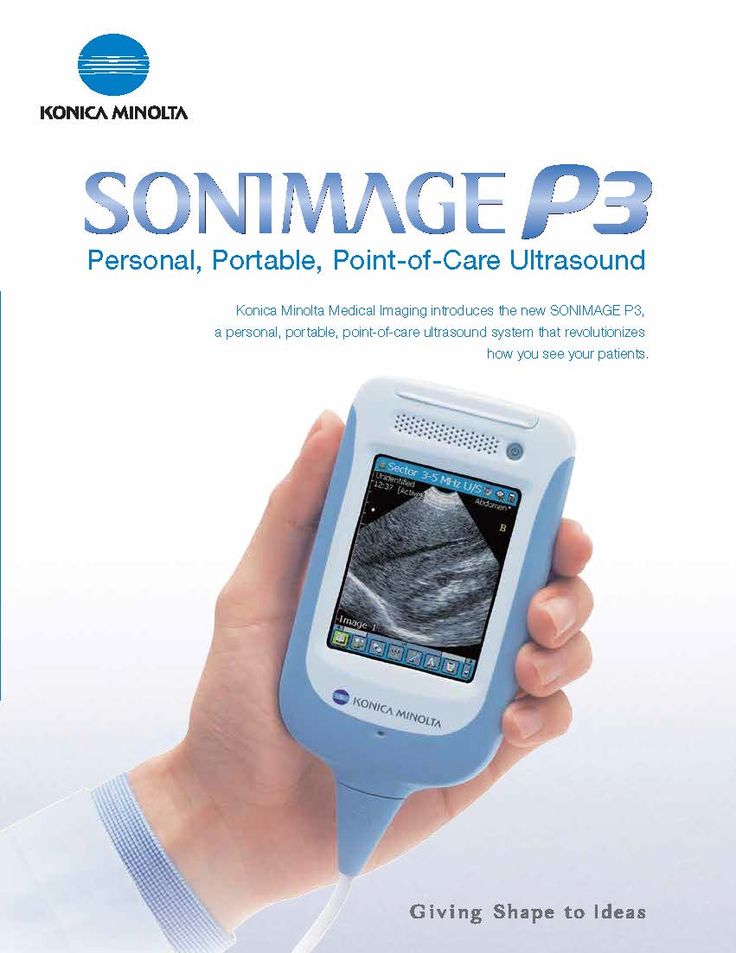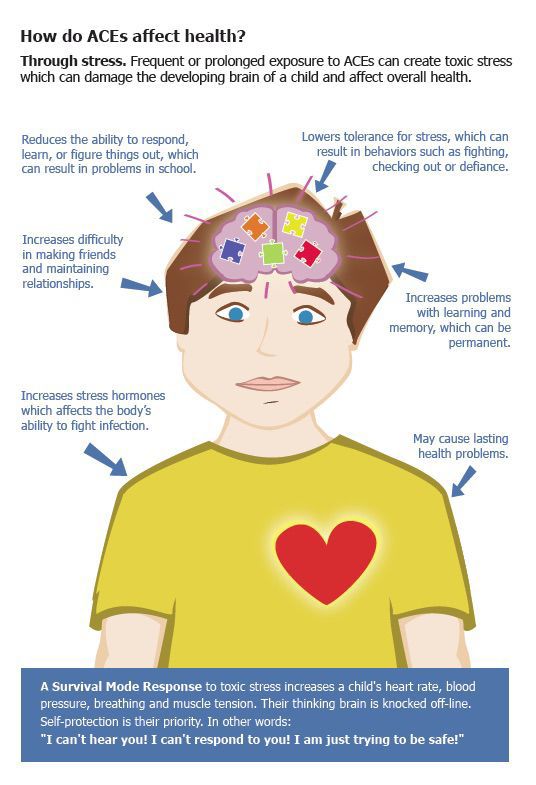What should a 7 month old be able to do
7-9 Month Old Baby Development & Milestones
Babies at this age have a new understanding of the world. They learn that just because they can’t see mom or dad at a certain time doesn’t mean they don’t exist. So now, your baby may begin to miss you when you’re gone. This can lead to separation anxiety — distress at your departure.
While this might seem like a bad thing, it’s actually very good — and marks an important leap in thinking. Comfort and reassure your baby to help him or her feel loved and secure.
Developmental Milestones
Doctors use certain milestones to tell if a baby is developing as expected. There’s a wide range of what’s considered normal, so some babies gain skills earlier or later than others. Babies who were born prematurely reach milestones later. Always talk with your doctor about your baby’s progress.
How much will my 7- to 9-month-old baby grow?
While all babies may grow at a different rate, the following indicates the average for boys and girls 7 to 9 months of age:
- Weight: average gain of 0.
5-1 pound each month; two times the birthweight by 4 to 5 months and three times the birthweight by 1 year
- Height: average growth of about ½ inch each month
- Head size: average growth of about ¼ inch each month
Babies’ growth begins to slow as the first birthday approaches. Your doctor has measured your baby’s weight, length, and head size (circumference) since birth and put them on a growth chart. This is where to look first if you have questions about your baby’s growth.
When you look at the growth chart with the doctor, compare your baby’s growth with his or her own growth pattern, not with the growth of other babies. As long as your baby’s growth is steady, there’s usually no reason to worry.
If you’re concerned about your baby’s weight or growth, talk with your doctor, who might ask:
- Has your baby been sick? A couple days of not eating, especially if combined with vomiting or diarrhea, can lead to weight loss. The weight will come back when your little one feels better.
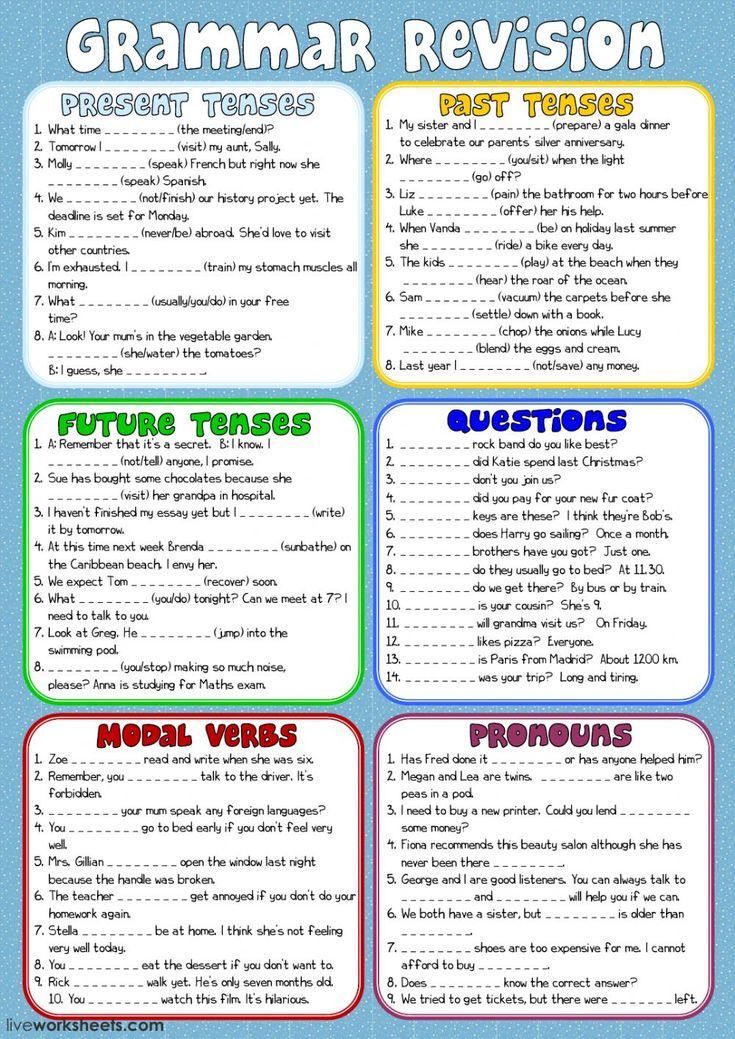
- Is your baby on the move? Crawling, cruising, and walking will burn calories, so weight gain might be less with this new mobility.
- Is your baby more interested in playing peek-a-boo or dropping the spoon on the floor than eating? The world is a fascinating place, and your baby is learning new things every day. Try not to distract your baby during mealtime. Also watch for signs that your little one has eaten enough.
- Are you introducing the right kinds of foods? As your baby gets better at eating, pay more attention to the texture and types of foods you serve. If your child isn’t interested in puréed baby foods, try soft table foods and finger foods that are safe and fun.
- Is your baby drinking enough breastmilk or formula still? Liquid volumes decrease as solid food volumes increase. However, it is important your baby continues to drink 20-28 ounces of breastmilk or formula a day to have enough calories to grow.
Can babies gain too much weight?
A few babies and toddlers are overweight.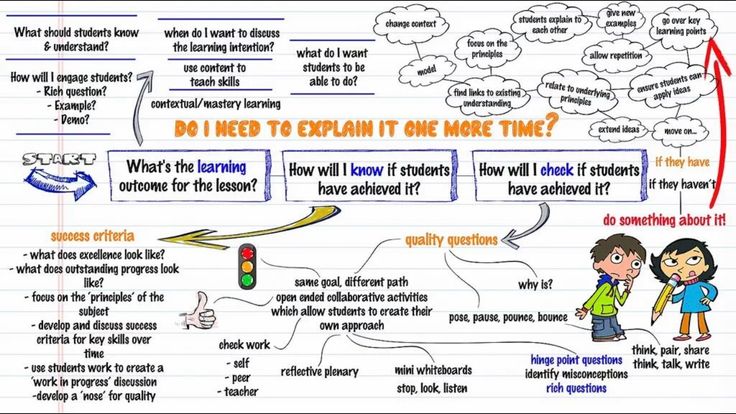 In those cases, advice from the baby’s doctor can help, such as:
In those cases, advice from the baby’s doctor can help, such as:
- Never skip feedings. Watch for signs from your baby that he or she is full. Make sure your baby’s calories come from nutritious sources — like fruits, vegetables and fortified cereals. Breast milk or formula should still be the main source of nourishment in the first year of life.
- Play with your baby and encourage physical activity. Make sure that your little one has a safe space to move around in. Limit the time spent in car seats, strollers and playpens.
- One of the best things you can do for your baby is to eat well and be physically active yourself. Your baby has a better chance of growing up fit if good health habits are part of the family’s way of life. You’ll be a good role model — and have the energy to keep up with your little one.
What can my 7- to 9-month-old baby do at this age?
Babies are rapidly developing their physical abilities at this age. They become mobile for the first time and safety in the home becomes an important issue.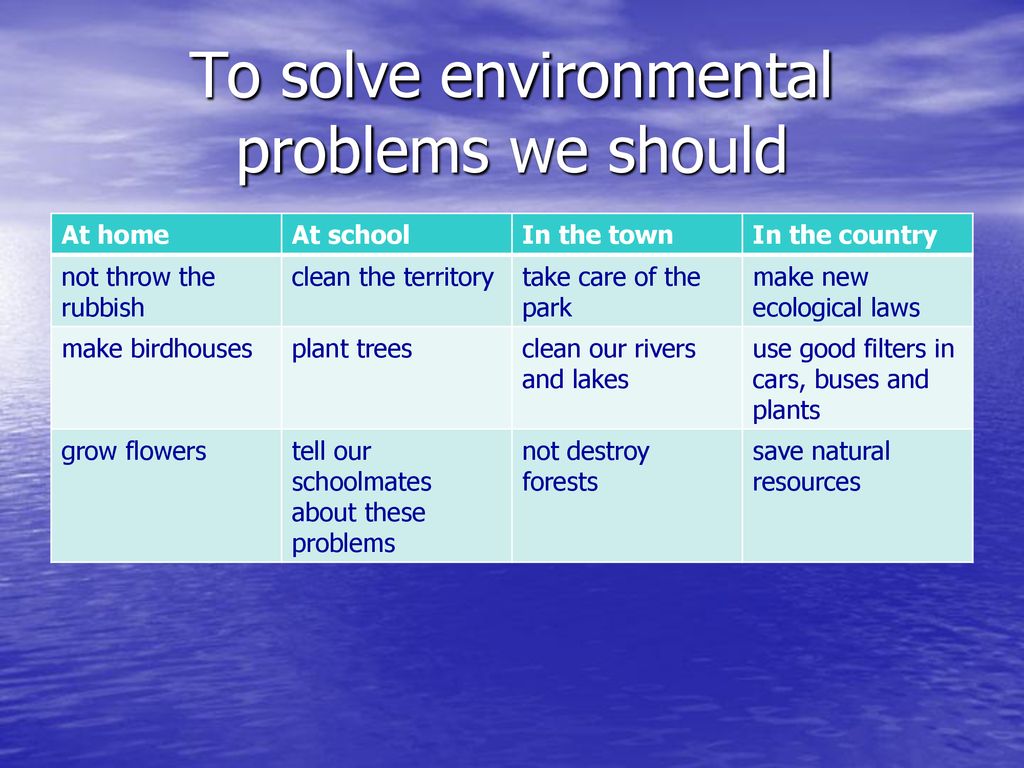 While babies may progress at different rates, the following are some of the common milestones your baby may reach in this age group:
While babies may progress at different rates, the following are some of the common milestones your baby may reach in this age group:
- Rolls over easily from front to back and back to front
- Sits leaning forward on hands at first, then unsupported
- Bounces when supported to stand
- Gets on hands and feet and rocks back and forth
- May creep, scoot, crawl – backward first, then forward (some babies skip crawling!)
- Begins to pull up to stand
- Reaches for and grasps objects using their whole hand
- Bangs toy on table
- Can hold an object in each hand
- May hold a bottle
- Plays peek-a-boo
- Grasps object with thumb and finger by 8 to 9 months
- Begins teething, usually starting with the two center front teeth in the lower jaw, then the two center front teeth in the upper jaw
- Learns to drink from cup
- Puts everything into mouth
- Naps are usually twice, sometimes three times a day, for one to two hours each (on average)
- May begin to awaken during the night and cry
Why is touch important for development at 7- to 9-months?
Your baby is getting around more independently as he or she learns to scoot, crawl, or walk.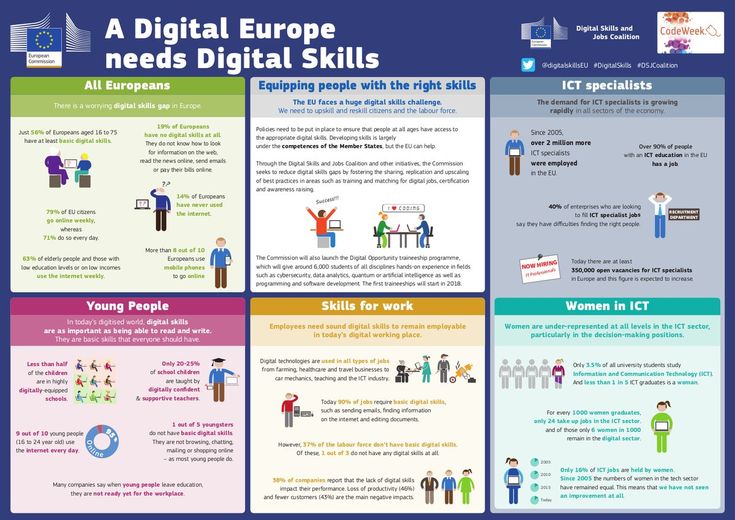 This means your baby can go and touch the things he or she wants to touch. Let your baby explore the textures and surfaces of your home and yard. Babies explore with their hands first and then their mouths. Make sure there are no hot, sharp, or other dangerous things that can hurt your baby.
This means your baby can go and touch the things he or she wants to touch. Let your baby explore the textures and surfaces of your home and yard. Babies explore with their hands first and then their mouths. Make sure there are no hot, sharp, or other dangerous things that can hurt your baby.
How long should my 7- to 9-month-old baby sleep?
Most babies this age should sleep 12-14 hours per day, including a stretch of 9-12 hours at night. However, sleep problems are common in the second half of a baby’s first year. Some babies may experience separation anxiety and cry when being put to sleep or when they wake up in the middle of the night. Sleep regressions are common with leaps in development. Sleep regression is when babies who have been sleeping well have difficulty going to sleep, waking up in the middle of the night or not napping.
Check out our 9-month sleep regression guide for more info.
How can I help increase my 7- to 9-month-old baby’s development and emotional security?
Consider the following as ways to foster the emotional security of your baby:
- Give your baby safe toys that make noises when shaken or hit.
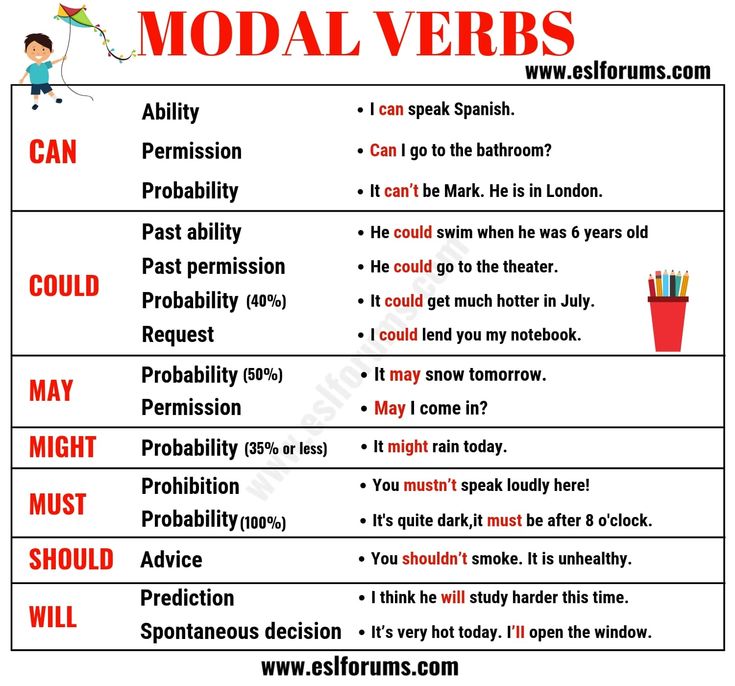
- Play in front of a mirror, calling your baby by name and pointing to your baby’s reflection in the mirror.
- When talking to your baby, pause and wait for him or her to respond just as when talking with an adult.
- Play pat-a-cake and peek-a-boo.
- Clap and wave your hands.
- Name common objects when shown to your baby.
- Make a variety of sounds with your mouth and tone of voice. Sing songs.
- Repeat and expand the sounds your baby makes, such as “ma-ma” when he or she says “ma.”
- Show picture books and read stories to your baby every day.
- Give your baby toys with objects or knobs to push, poke or turn.
- Give your baby toys that stack or nest and show him or her how they work.
- Build a tower with your baby and show him or her how to knock it down.
- Establish a routine for bath and bedtime.
Communication and Sensory Milestones
What can a 7- to 9-month-old baby say?
It is very exciting for parents to watch their babies become social beings that can interact with others. While every baby develops speech at his or her own rate, the following are some of the common milestones in this age group:
While every baby develops speech at his or her own rate, the following are some of the common milestones in this age group:
- Makes two syllable sounds (ma-ma, da-da)
- Makes several different vowel sounds, especially “o” and “u”
- Repeats tones or sounds made by others
What can a 7- to 9-month-old baby understand?
A baby’s awareness of people and surroundings increases during this time. While babies may progress at different rates, the following are some of the common milestones in this age group:
- Responds to own name and “no”
- Pays attention to conversation
- Appears to understand some words (such as “eat”)
- Prefers mother over others
- Enjoys seeing self in mirror
- Responds to changes in emotions of others
- Is afraid of strangers
- Shows interest in and dislike of foods
- Makes attention-getting sounds, such as a cough or snort
- Begins to understand object permanence and can uncover a toy after seeing it covered or watch a spoon as it falls off their high chair
- May follow one-step commands with a sign to demonstrate (such as, “get the ball” while parent points to ball)
- Can start to learn basic sign language to communicate
What can a 7- to 9-month-old baby see?
Your baby’s eyesight has been maturing for many months, and he or she is able to see quite well near and far and even focus on quickly moving objects. Your baby’s motor skills are now working together with eyesight (hand–eye coordination), and it’s likely that he or she can spot a toy across the room, focus on it, move to it, pick it up, and explore it in lots of ways.
Your baby’s motor skills are now working together with eyesight (hand–eye coordination), and it’s likely that he or she can spot a toy across the room, focus on it, move to it, pick it up, and explore it in lots of ways.
Familiar and loving faces are still your baby’s favorite things to look at, but he or she also may enjoy looking at pictures in books, especially familiar images. Your baby may love objects with parts or pieces that move and will spend lots of time staring at and manipulating these things, trying to figure out how or why they work. Take your baby with you to see new and interesting places. Point out the sights and label them by name.
What can a 7- to 9-month-old baby hear?
As your baby is grows, their hearing develops, and they can begin to listen and understand more. They can begin turning to the direction where sounds came from. Babies at this age can also start to recognize words for common items.
What can a 7- to 9-month-old baby taste and smell?
By this age, your baby is developing food preferences.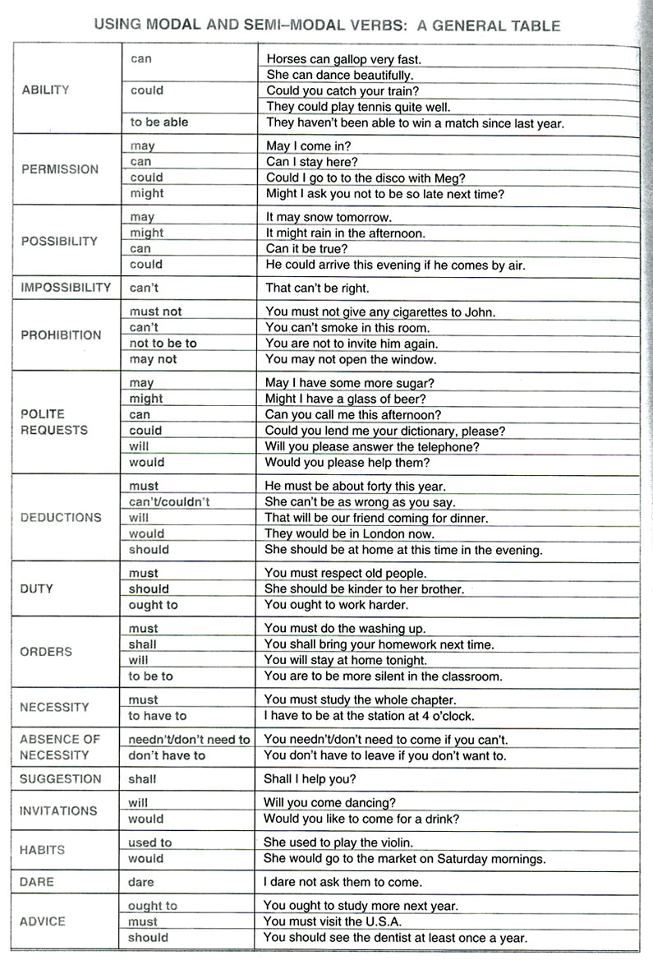 Keep offering foods with a variety of tastes and smells. Don’t give up if he or she doesn’t take to it right away. It can take over ten times before a baby learns to try a new food.
Keep offering foods with a variety of tastes and smells. Don’t give up if he or she doesn’t take to it right away. It can take over ten times before a baby learns to try a new food.
Explore the sense of smell with your baby, too. Use scents to help your baby understand the world further. A trip outside can provide a wide variety, from the sweet scent of flowers to the distinctive smell of just-cut grass.
When to Talk to Your Doctor
Every baby develops at his or her own pace, but if you notice anything that concerns you — however small — share it with your doctor. Talk to your doctor if your baby:
- Shows no reaction when you leave the room
- Cannot roll onto the belly
- Hasn’t lost newborn reflexes, such as the startle reflex
- Cannot sit upright without support
- Does not respond to their name
- If you notice that your baby has lost skills he or she once had or shows weakness on one side of the body
Reviewed by Dr. Lydia Villa, Clinica CHOC Para Niños, CHOC Primary Care – May 2021
Lydia Villa, Clinica CHOC Para Niños, CHOC Primary Care – May 2021
Baby Development: Your 7-Month-Old
Written by Stephanie Watson
Reviewed by Dan Brennan, MD on March 07, 2022
In this Article
- Seventh Month Baby Milestones: Motor Skills
- Seventh Month Baby Milestones: Teething
- Seventh Month Baby Milestones: Eating
- Seventh Month Baby Milestones: Communication
- Tips for Your Baby’s Seventh Month:
At seven months, your baby is becoming independent and developing their own unique personality. From picking up a favorite toy to scooting or crawling from place to place, your 7-month-old is learning how to control their environment and finding out that being in control can be fun. During this next month, you should find plenty of opportunities to continue encouraging your baby’s mobility, creativity, and curiosity -- in safe ways, of course.
In this portion of WebMD’s month-by-month guide, discover what milestones you can expect your child to achieve in the seventh month.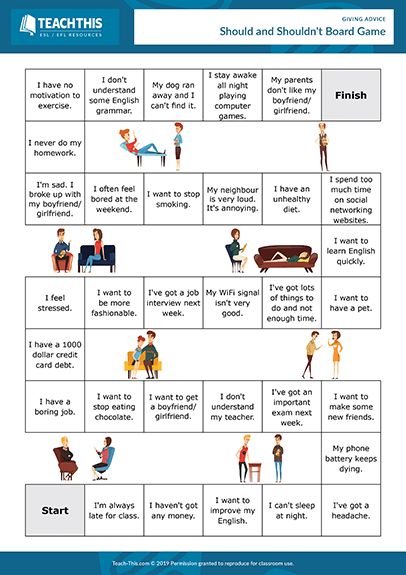
Seventh Month Baby Milestones: Motor Skills
Seven-month-olds are learning to get around, although they don’t all do it in the same way. Your baby may creep, scoot, roll, crawl, or combine all four movements. You can encourage this new mobility by placing toys just out of your baby’s reach. Make sure baby is safe while exploring by putting away any toys or other objects that contain small or sharp pieces.
Because baby can now sit unassisted and reach for and pick up toys, playtime involves a lot more independence than in months past. Give them toys with sounds and textures that they can pass from one hand to the other, turn around, and shake. This is their way of bringing the world closer! They'll put everything they grab into their mouth, so make sure choking hazards are out of reach.
The ability to hold and drink from a cup, and possibly eat from a spoon, means that they are also more independent at mealtimes. They may be starting to use their thumb and forefinger to pick up small objects like finger foods.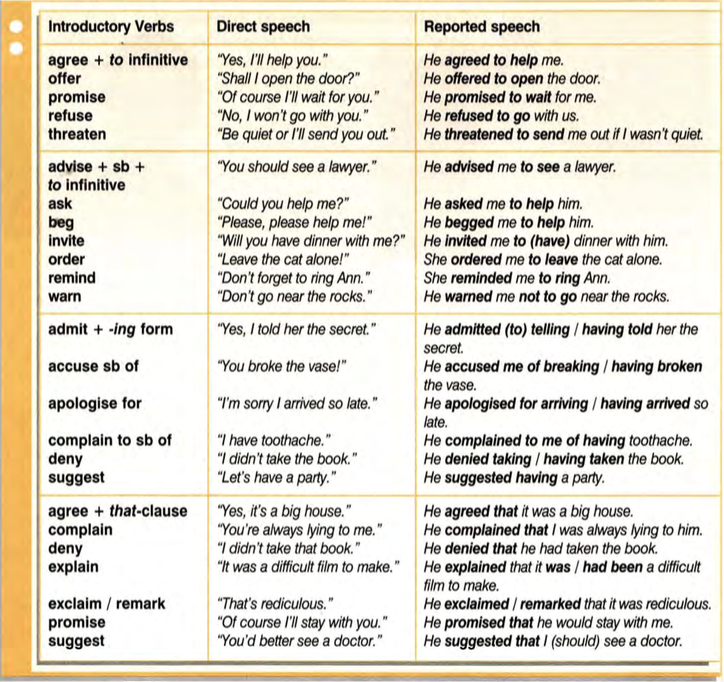
Your 7-month-old should be strong enough now to hold themselves up on their legs while supported. Practicing this skill will strengthen leg muscles and help them get ready for walking.
Seventh Month Baby Milestones: Teething
Between your baby’s fifth and seventh month, you should see those first tiny tooth buds emerge from the gums. You’ll know your baby is teething because they’ll drool more and will probably be fussier than usual. To soothe gum discomfort, give your baby a cold washcloth or teething toy to chew on. The FDA advises against using topical pain relievers rubbed on the gums that contain benzocaine because of the potential for dangerous side effects. Benzocaine can be found in over-the-counter medicines such as Baby Orajel.
Once the first few teeth have popped up, brush them daily with a soft baby toothbrush and water and grain-size smudge of toothpaste.
You’ll probably see the two bottom middle teeth pop up first, followed by the two top middle teeth. The bottom and top two side teeth should fill in over the next 3 or 4 months. Don’t be alarmed if your baby is 7 months old and doesn’t have any teeth yet. Teething patterns vary widely from child to child. A few babies are born with teeth, while other babies don’t start teething until they are over age 1.
The bottom and top two side teeth should fill in over the next 3 or 4 months. Don’t be alarmed if your baby is 7 months old and doesn’t have any teeth yet. Teething patterns vary widely from child to child. A few babies are born with teeth, while other babies don’t start teething until they are over age 1.
Seventh Month Baby Milestones: Eating
Your 7-month-old should have already started to eat solid foods. Now you can probably introduce chunkier foods -- mashed fruits and vegetables instead of pureed. Offer them 4 tablespoons of iron-fortified cereal daily. Adding these thicker foods will help your baby adjust to new textures and learn how to chew. Anytime you introduce a new food, wait a few days before trying anything else and watch for signs of an allergy such as diarrhea, vomiting, rash, or wheezing.
Seventh Month Baby Milestones: Communication
Seven-month-olds are starting to understand the meaning of language. Your baby should respond when you say “no,” although babies at this age don’t always follow that command.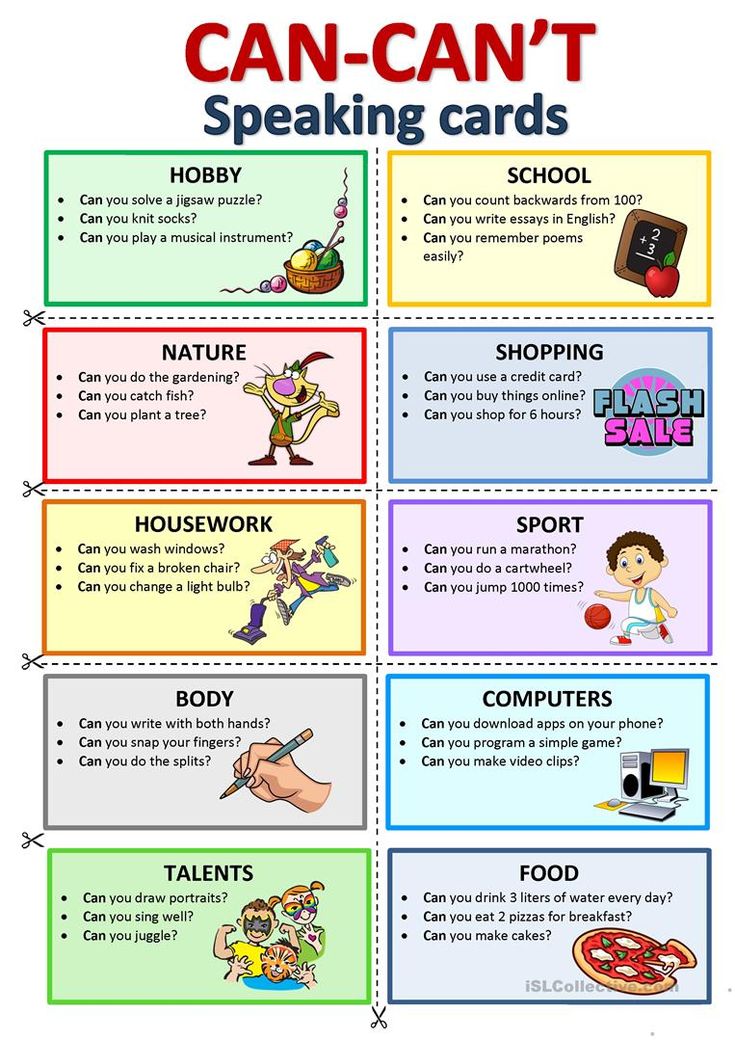 You should also get a response -- at least a head turn -- whenever you say baby’s name.
You should also get a response -- at least a head turn -- whenever you say baby’s name.
At seven months, babies are getting to be experts at nonverbal communication. They can make a wide variety of expressions with their face -- from big grins to frowns -- and they can understand how you’re feeling by the tone of your voice and your facial expressions. Your baby should also communicate vocally by making a lot of different sounds -- laughter, blowing bubbles or raspberries, and babbling in chains of consonants such as “da-da-da.”
Some parents use baby sign language at this age to help their little ones make themselves understood. If you want to try it:
- Teach signs for practical words like more, mommy, nap, diaper, and done.
- Practice regularly to help your baby remember the signs.
- Keep talking to your baby so their speech isn't delayed.
- Ask your partner and other caregivers to use the signs that you've taught your baby so they'll understand what they want.
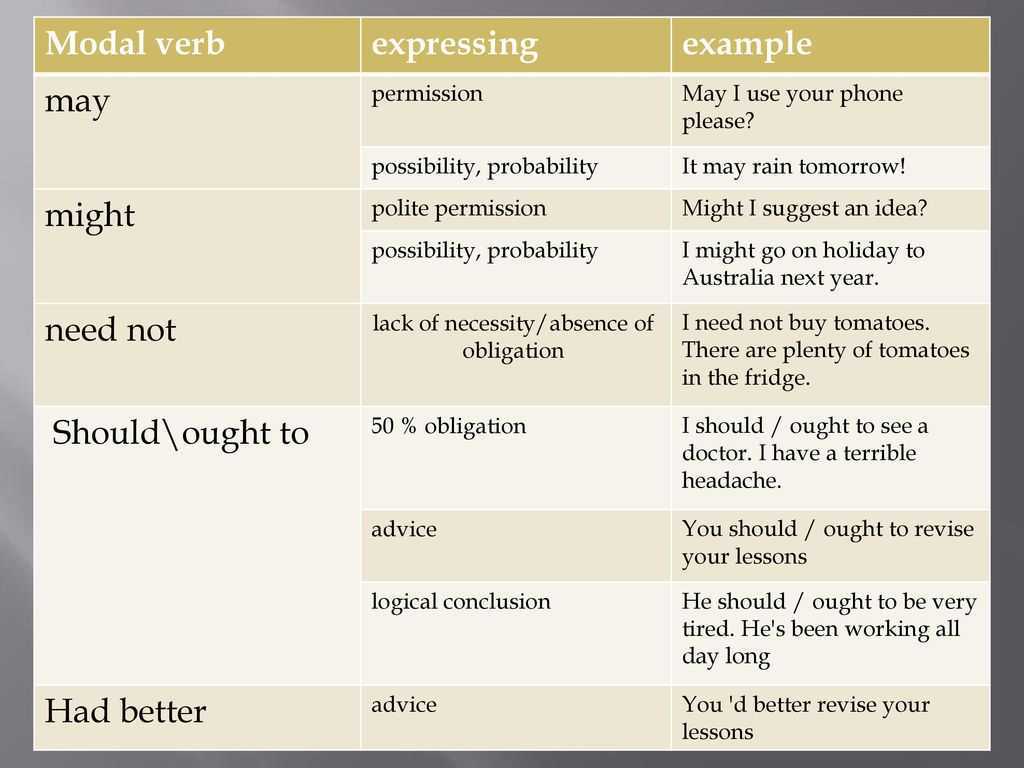
A 7-month-old’s memory has developed significantly, and along with it comes the concept of object permanence. Just a few months ago, when you hid an object or your face during a game of peek-a-boo, your baby thought it was gone forever. Now, they realize that people and objects still exist, even when they are hidden.
Object permanence means that when you are out of sight at work or running errands, you are not out of your baby’s mind. At seven months, your baby may start to have separation anxiety, crying and clinging to you whenever you try to leave or resisting being left with a babysitter. Because the familiar is more comfortable to your baby, stranger anxiety may also start to become an issue at this age.
Your baby will probably grow out of separation anxiety by age 2 or sooner. For now:
- Try scheduling departures when your baby has already napped and eaten and is less cranky to begin with.
- Have a new sitter come early. That way, you can play together and give your baby time to warm up to the caregiver before you run out.
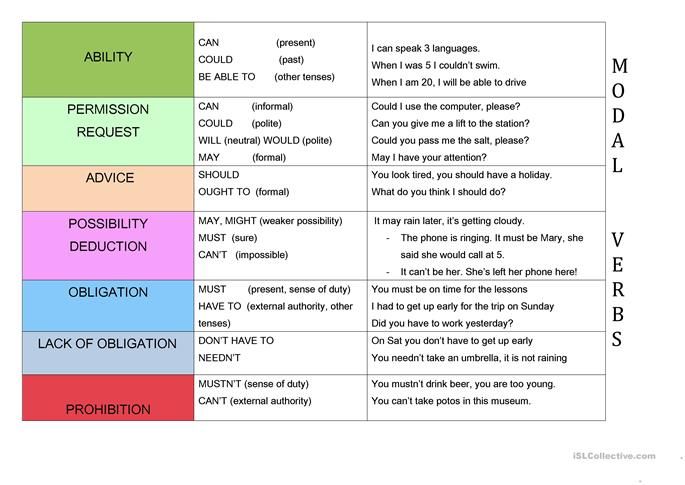
- Your baby will watch you for cues, so show them that you like and trust the new person.
- Keep good-byes short and sweet, and ask your caregiver to distract your baby with a toy or book until you’re out the door.
- And don’t feel guilty -- your baby will likely stop crying a few minutes after you leave.
Tips for Your Baby’s Seventh Month:
- Now that you’ve graduated to solid foods, make your baby part of family mealtimes by pushing the high chair up to the dinner table.
- Make playtime a regular part of each day. Itsy-bitsy spider, peek-a-boo, this little piggy, and other staples from your own childhood are wonderful ways to have fun with your baby.
- Get down on all fours and make sure the play areas are baby-proofed. if your baby is not mobile yet, they will be very soon.
- It isn’t too early for play dates. At this age, babies are likely to be fascinated to look at and touch each other briefly and then play happily by themselves.
 Kids don't actually play together until later.
Kids don't actually play together until later.
Baby 7 months old ✔️ What a baby should be able to do
Your baby has entered the second half of life, has become more sociable, sleeps less, plays more. At 7 months, the development of the child is very fast. First of all, he hones the skills acquired in previous months, but at this time you can also notice new abilities in him.
Contents:
- Characteristic features of the development of a seven-month-old baby
- Child's indicators at 7 months
- Physical abilities of a seven-month-old baby
- Physical activity
- Reflexes, motor skills
- Mental development of a seven-month-old baby
- Psychological component, emotions and mood
- Sense organs. Perception of the surrounding world, communication with other people
- Speech and sounds
- The daily routine of a seven-month-old child.
 Sleep, food and snacks
Sleep, food and snacks - Teething
- Dr. Komarovsky's opinion on the nutrition of a seven-month-old baby
- Games and security
- Baby care at 7 months
- How to promote the development of a seven-month-old baby? Tips for parents
- How to understand that the child is lagging behind in development?
Prostock-studio/Shutterstock.com
Characteristic features of the development of a seven-month-old baby
Prostock-studio/Shutterstock.com
All children are different, each baby has his own rhythm of development and learning. Much depends on the child's temperament, family environment, genetic and individual characteristics. Therefore It is important not to compare your child with other children. However, each stage of development has common patterns. How does a 7 month old baby develop? What should he be able to do?
At the seventh month of life, the baby reacts to his name by turning his head, attentively observes his parents, begins to babble and makes syllabic sounds. The child notices new people, is afraid of strangers, shows with the help of emotions what he likes and what not. At this time, you will be able to determine whether your baby is right-handed or left-handed.
The child notices new people, is afraid of strangers, shows with the help of emotions what he likes and what not. At this time, you will be able to determine whether your baby is right-handed or left-handed.
7 month old baby:
- rolls from stomach to back and vice versa;
- lying on his stomach, trying to crawl forward;
- can hold two objects with two hands at the same time;
- throws toys on the floor and looks for them;
- bangs toys;
- refuses to eat unloved foods;
- is mastering the skill of chewing - it's time to start teaching him how to eat on his own.
Let's talk about all the features in more detail.
Baby's performance at 7 months
Prostock-studio/Shutterstock.com
At this time, babies continue to gain weight rapidly, but grow more slowly. The weight of the child is a fundamental factor in physical development at 7 months of age. You should carefully observe how fast this happens.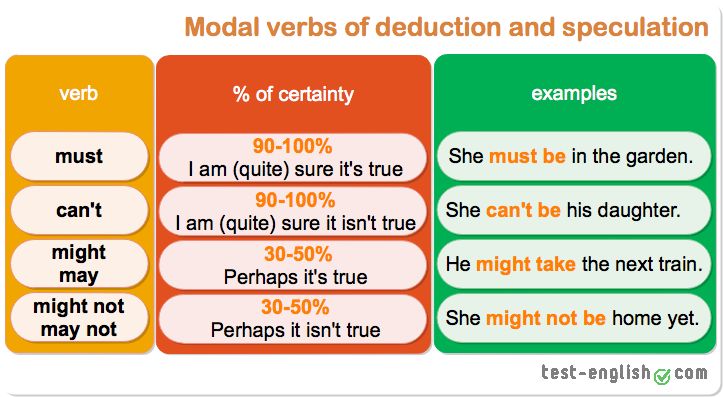
Seven-month-old babies weigh an average of about 8 kg. This is about twice as much as at birth. Weight gain in this case is about 100-120 g per week.
What if the child's weight is too large or too small?
A pediatrician should be contacted if the weight, as a physical aspect of the child's development, differs significantly from the norm provided for his age. Too much baby weight may indicate overfeeding. Too low weight can be caused by malnutrition or even a serious illness.
Differences between boys and girls
The table below shows the ideal weight range for a 7 month old, along with other important factors such as height, head circumference and expected monthly gain.
| Boys | Girls | |
| Weight (kg) | 7 to 9.2 | 6.2 to 8.6 |
| Height (cm) | 67 to 75.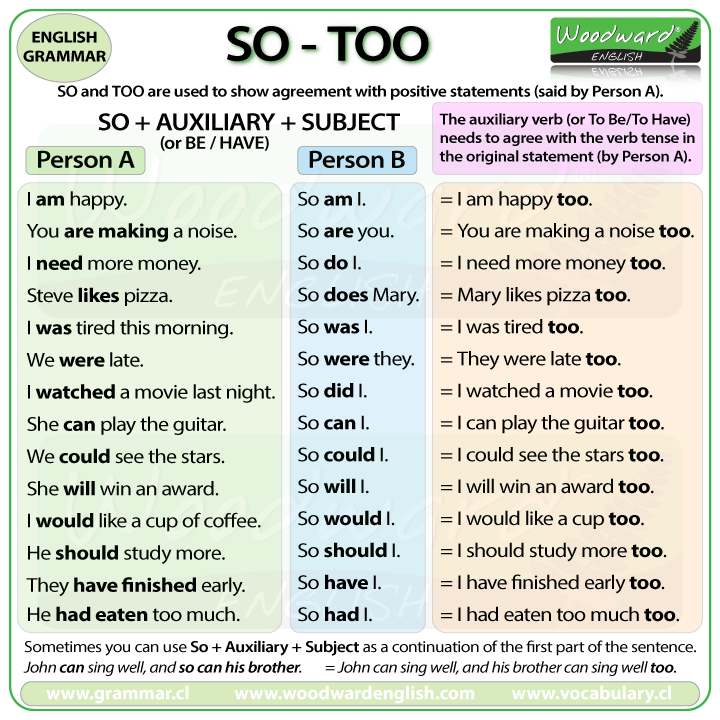 5 5 | 63 to 74 |
| Head circumference (cm) | 43-46 | 41-45 |
| Chest circumference (cm) | 43-48 | 43-46 |
| Monthly weight gain (g) | 450 | 450 |
Physical abilities of a seven-month-old baby
At seven months, not many well-developed children like to lie on their backs. When the baby is placed on a changing table or on a blanket, he almost immediately rolls over on his stomach. Dressing and undressing the baby during this period becomes a real torture for many parents. From the seventh month, the child is taught new skills from the “on the tummy” position. Life from this position seems much more interesting to the baby - so he sees more things and can try to start moving towards an attractive destination.
Physical activity
Prostock-studio/Shutterstock. com
com
Usually, at the age of 7 months, the child has a desire to reach for nearby objects. Therefore, it will be useful if you offer the baby an additional incentive to move forward, for example, put him in a crib on his stomach and leave a few bright toys next to him.
Starting to crawl
On the seventh month, babies discover a new position – on all fours. The technique may vary. As a rule, the child tries to lift the torso and pelvis up, resting his arms and legs on the floor. Some babies, lying on their tummy, rise on their hands, pulling the body along with them. Others work with their feet, leaning on the handles.
Whatever path a child chooses, learning to crawl is not easy. As often as possible, give the baby the opportunity to exercise by laying him on the floor. Wear comfortable clothes that allow freedom of movement, avoid clothes with a fastener in the front - buttons or snaps can hurt the child. Remember that smooth floors are the easiest to crawl on - consider rolling up the rugs for a while.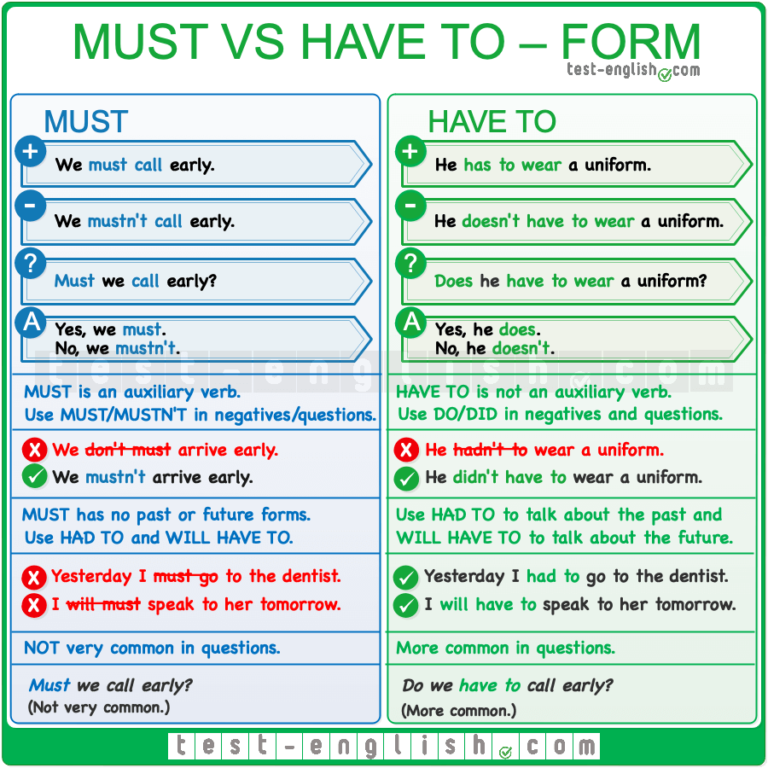
If the child is crawling backwards, position him so that he can kick off the wall with his feet. This will help him move in the right direction. Make sure that there are no small objects on the floor - the baby can put them in his mouth and choke.
Has your child started crawling yet? There is nothing to worry about. Most babies don't master this skill until they are 8 or 9 months old. This is normal and you don't have to worry about it.
Preparing to sit up on their own
Prostock-studio/Shutterstock.com
By the seventh month, babies usually cannot sit up on their own. In a sitting state, they lean forward or fall to the side. In children at this age, protective and balancing reactions are not fully formed. So don't worry if your child isn't sitting up yet. This is fine.
– Should a seven-month-old baby be taught to sit?
According to pediatricians, this issue should not be rushed. Sitting down an infant who is not yet ready for it can cause bad posture in the future. A properly developing baby will learn to sit at the right time for him. In the meantime, you can lift your baby up a bit in the stroller or on pillows to feed.
A properly developing baby will learn to sit at the right time for him. In the meantime, you can lift your baby up a bit in the stroller or on pillows to feed.
Give him freedom of movement on the floor. After a while, he will raise his stomach and buttocks on straightened arms and legs bent at the knees. And this will be the first step to learning how to sit on your own. Watch the baby, accompany him in the exercises, but never bother - he will definitely cope on his own.
– Is it possible to put a seven-month-old baby on its feet?
Even if a seven-month-old baby, clutching his arms, pulls himself up, stands on strongly straightened legs, he is not ready to stand. This is due to curiosity and the desire to conquer the world, and not with its current capabilities. In such cases, it is better for you to sit with the baby on the mat, play with him on the floor and, thereby, distract him from the desire to stand on his feet.
Reflexes and motor skills
Prostock-studio/Shutterstock.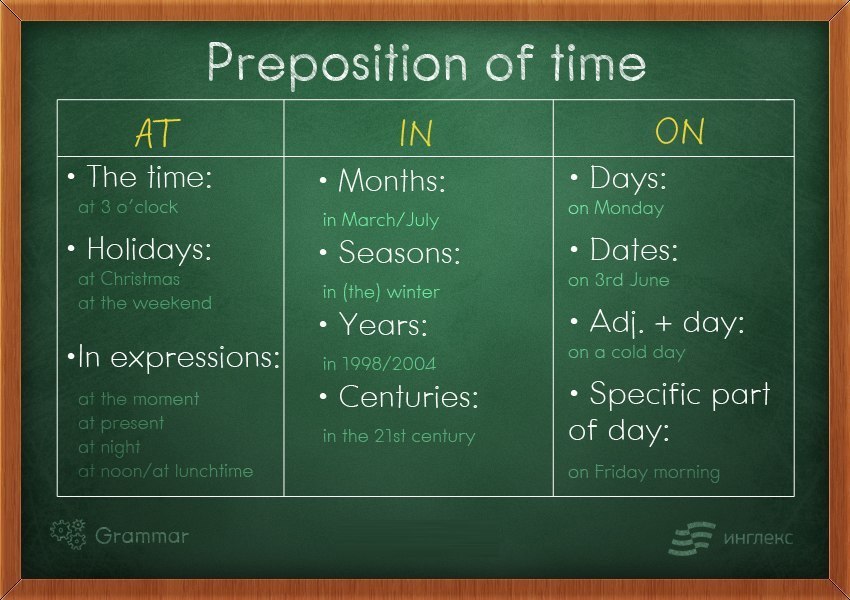 com
com
At the age of 7 months, the child's hand-eye coordination improves. Most babies carry objects from one hand to the other and put them into their mouths.
The child examines objects carefully. He can hold one item in each hand without dropping any of them, but if he focuses on one toy, the other will fall out of his hand. Many children can pick up a bottle and remove the pacifier from it.
Thumb gripping ability is increased - baby can grab an empty cup by the ear. Encourage the development of psychomotor skills - offer your baby toys and soft objects that require hand movements.
Mental development of a seven-month-old child
The child begins to understand that things exist even when they disappear from view. This applies, for example, to mothers - the baby knows: if the mother disappears for a moment, then she will immediately appear. It can also determine the distance to an object. He rejoices when he sees the closest people, and may show anxiety when a stranger wants to take him in his arms.
At the seventh month, the child becomes more and more social and seeks contact with the environment. Therefore, it is very important that the baby hears his name as often as possible - at about 7 months of age, he begins to understand that it belongs to him.
The child is interested not only in the name, but also in their own appearance. Therefore, he looks with great interest at his reflection in the mirror - laughs, tries to touch the mirror with his hand, gesticulates.
Psychological component, emotions and mood
Prostock-studio/Shutterstock.com
A seven-month-old baby craves new experiences. When he gets bored, for example, in a crib with one toy, he lets you know with his behavior and sounds that he is unhappy.
A child on the seventh month of life knows how to show who he loves and who he doesn't. When meeting new people, he may try to hide behind his parents or even burst into tears. He also openly shows his sympathy - he can smile at people he likes and wave his arms at them.
The long-term memory of a 7-month-old baby is much better than a few weeks ago. At this stage, the baby can recognize a person whom he has not seen for several days.
In the seventh month, he begins to understand the meaning of the word "no." Certain prohibitions and restrictions during this period are the tools with which you establish the first conditions of safety and form the correct thinking of your child.
Sense organs. Perception of the surrounding world, communication with other people
Prostock-studio/Shutterstock.com
The baby becomes more and more interested in his immediate environment and focuses on details. He is interested in walks outside the home, he watches his loved ones, remembers people from his environment. At this moment, the baby definitely highlights the mother. Most of all, he smiles at her, wants to play with her and wants her to be around.
Speech and sounds
At seven months, the child is already practicing speech: repeating sounds and syllables, for example, “ba-ba-ba”, “ga-ga-ga”, “ma-ma-ma”.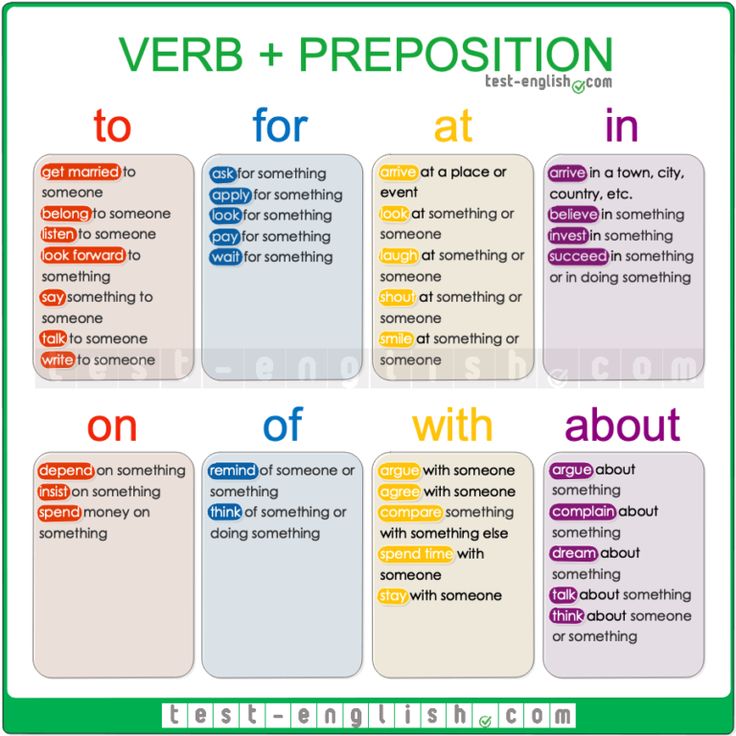 He may also begin to understand the meaning of individual words, especially everyday objects. You can catch a sense of rhythm in speech and in the actions that the baby performs - for example, he already shows the ability to clap.
He may also begin to understand the meaning of individual words, especially everyday objects. You can catch a sense of rhythm in speech and in the actions that the baby performs - for example, he already shows the ability to clap.
During this period, the infant tries to imitate the parents' speech, tries to communicate with them using sounds, gestures and facial expressions. He willingly reaches for toys that make sounds: rattles, squeaking animals, ringing bells. He also likes to make some noise himself - laughs, squeals, enthusiastically falls to the floor, knocks on the countertop with a spoon. If you allow, he will arrange a real orchestra in your kitchen.
The daily routine of a seven-month-old child. Sleep, nutrition and complementary foods
Prostock-studio/Shutterstock.com
A seven-month-old baby should sleep an average of 14 hours a day. This is usually continuous night and two daytime sleep. However, the child can sleep when and how much he wants, provided that he sleeps at least once a day.
A well-fed child usually sleeps well. A hungry or overwhelmed baby may experience insomnia and anxiety. To help your child fall asleep, you can give him a warm bath with his favorite toys, tell a story, or turn on soft music.
If you have been exclusively breastfeeding or bottle feeding your baby up to seven months, it's time to enrich his menu. According to pediatricians, dietary expansion should begin no later than seven months. Suitable for complementary foods:
- vegetable and fruit purees;
- broths and cereals containing eggs or meat;
- natural yogurt;
- cheese;
- fish;
- various cereal products.
In addition to rice, buckwheat or oatmeal, apple, carrot or potato puree, you can give your child juices from blueberries, raspberries, pears, peaches, apricots. A whole bunch of vegetables are at your disposal. Start with a pumpkin with a mild, delicate taste, then you can add cauliflower, broccoli, zucchini, green beans, green peas.
If your family has a food allergy to any of these foods, do not give them to your child until they are one year old. Don't give your child everything at once. Expand his diet gradually, with an interval of several days before each new type of complementary food.
Prostock-studio/Shutterstock.com
The most important innovation in the nutrition of a 7-month-old baby is not new products, but a change in the consistency of dishes. Before the teeth appear, the baby presses the food with the gums and thus prepares for the consumption of foods that need to be chewed. If the child can eat the pulp, it is time for him to learn to chew. Therefore, the puree served to the baby in the seventh month of life should no longer have a perfectly smooth creamy consistency, but should contain lumps, that is, small pieces of food.
Many children love to try new foods - this is an exciting and fun game for them. Take advantage of the moment. Put chopped boiled carrots, pieces of soft fruits, meat, eggs, potatoes on a plate.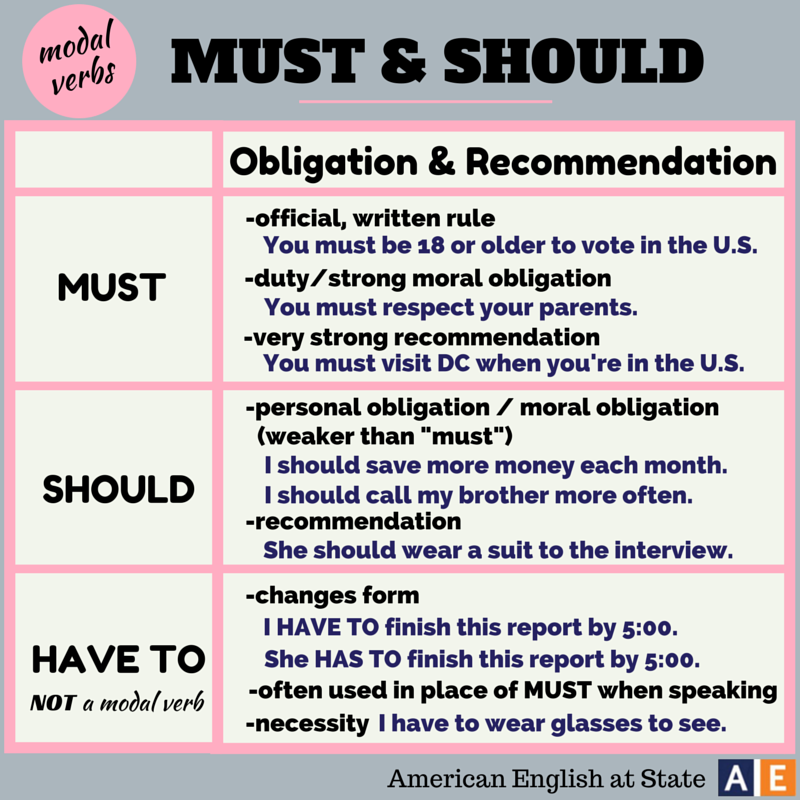 Let the child take what he likes and taste. In addition, this method encourages the child to eat independently.
Let the child take what he likes and taste. In addition, this method encourages the child to eat independently.
For other children, switching from milk to other flavors is traumatic and a real exercise in patience for parents. New foods - eg fruits, vegetables, cereals, meats - should be introduced sequentially and separately, observing the child's reaction. When introducing complementary foods, start with a small amount, such as 3-4 teaspoons. Never force your child to eat more than he wants.
Teething
Prostock-studio/Shutterstock.com
The onset of weaning often coincides with teething - the first incisors appear at about 7 months of age. You can understand that the tooth is about to come out if the child swallows everything that he finds nearby or if he sucks on his fist. The fist helps him relieve the pain - so he massages his own gums.
Other signs of teething: the child drools a lot, becomes more irritable and whiny. Teething is annoying for babies.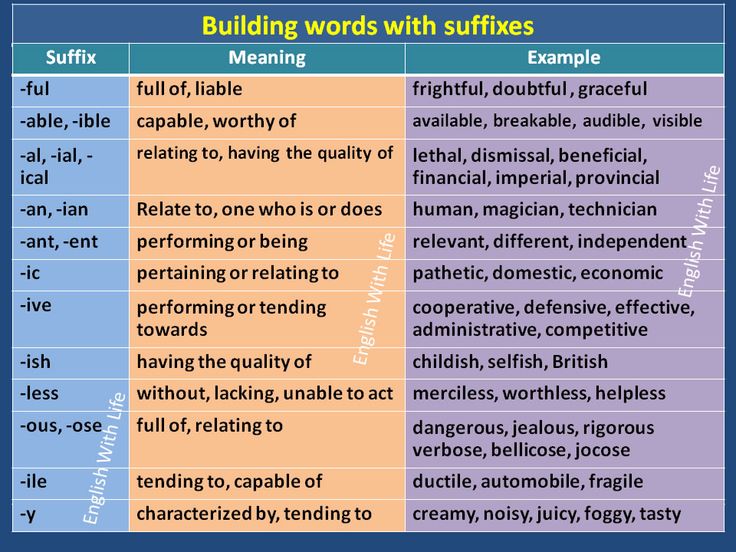 To ease the discomfort, you can offer your baby a teether, which should first be kept in the refrigerator for a while. The cold will help soothe sore and irritated gums.
To ease the discomfort, you can offer your baby a teether, which should first be kept in the refrigerator for a while. The cold will help soothe sore and irritated gums.
Keep your baby safe while eating:
- put your baby in the high chair. Thanks to the seat belts, you can be sure that the baby will not fall out of it;
- Keep cups of hot drinks out of your child's reach. The kid can accidentally knock them over and get burned.
At seven months, the baby will need his own dishes: plastic cutlery, a non-spillable cup with two ears. He will try to hold the cup with both hands and practice drinking on his own.
Dr. Komarovsky's opinion on the nutrition of a seven-month-old baby
Prostock-studio/Shutterstock.com
Evgeny Komarovsky, pediatric practitioner, author of useful books and TV programs dedicated to children's health, considers the concept of the norm in development and, in particular, in children's nutrition , a controversial issue.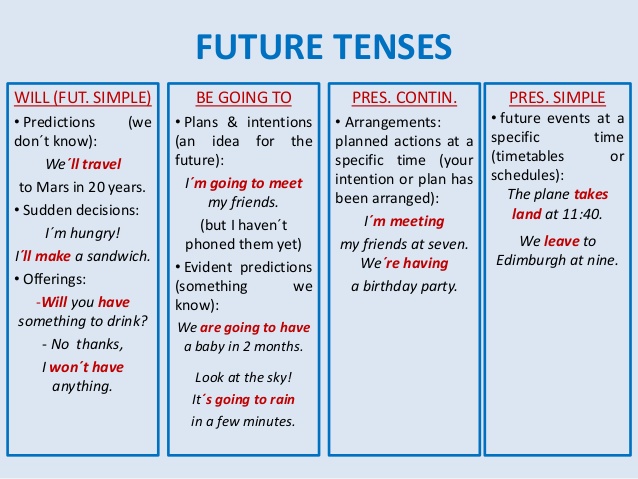 “Each parent raises a child in their own way, and the children grow up healthy,” says the doctor. The main thing is that, according to Komarovsky, 90% determines the health of the baby - this is the adequacy of the parents, their willingness to learn and take responsibility for their child.
“Each parent raises a child in their own way, and the children grow up healthy,” says the doctor. The main thing is that, according to Komarovsky, 90% determines the health of the baby - this is the adequacy of the parents, their willingness to learn and take responsibility for their child.
Taking this opinion into account, it is possible to create an individual, useful and rational menu for a 7-month-old baby. According to Komarovsky, this is the age when a child can already taste sour-milk products and cereals. The doctor advises introducing the baby to vegetables, as well as introducing other foods into his diet. However, Komarovsky recommends sticking to breastfeeding as the main type of nutrition for as long as possible.
Games & Safety
Prostock-studio/Shutterstock.com
The seventh month of life is a period when a child becomes more and more interested in toys that were previously too difficult for him. This is the time when details are important to him. Parents may notice, for example, that a baby pays a lot of attention to touching the tiny buttons on grandma's blouse. He often throws toys out of the stroller or crib and watches them fall. Lifting them is tiring, but be patient. Thanks to this game, the child develops an eye and explores objects.
Parents may notice, for example, that a baby pays a lot of attention to touching the tiny buttons on grandma's blouse. He often throws toys out of the stroller or crib and watches them fall. Lifting them is tiring, but be patient. Thanks to this game, the child develops an eye and explores objects.
To support your baby, create a safe environment for exploration. Keep only safe items within reach of the child. Move anything that could be poisonous, cause choking, or break into small pieces. Cover electrical outlets, keep cords from blinds or curtains out of reach, install child locks on doors and cabinets.
If you have furniture with sharp edges, remove it from the room where the child plays. It's the same with light objects he can use in his attempts to get back on his feet, like plant stands, decorative tables, potted trees, and floor lamps. Attach bookcases, TVs and their stands to the wall.
A 7-month-old baby needs the bare minimum of toys to help strengthen muscles and prepare for walking.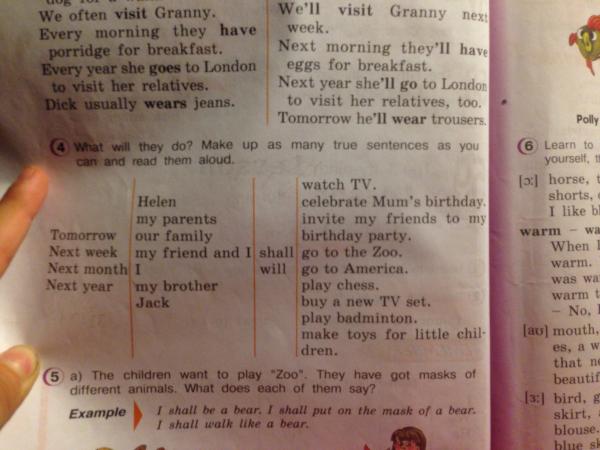 Take inventory and see if your baby has the following toys:
Take inventory and see if your baby has the following toys:
- toys on wheels that baby can push while crawling;
- a ball that he can roll with his hands or feet;
- musical toys that encourage the child to move;
- toys that help the child to pull himself up and stand up, such as an exercise table.
7-month-old baby care
Prostock-studio/Shutterstock.com
Basic hygiene routines - changing diapers, daily washing, bathing, massage - remain the same as before. Skin care is very important in the seventh month of a child's life - at this time, it is prone to peeling, acne, eczema. To treat and prevent these conditions, use baby skin care products made with natural ingredients.
At the age of seven months, the first acquaintance with the potty often takes place. It is best to carry out such procedures before going to bed, but you do not need to insist and force the child to do this by force. Also, don't expect your child to be potty trained quickly.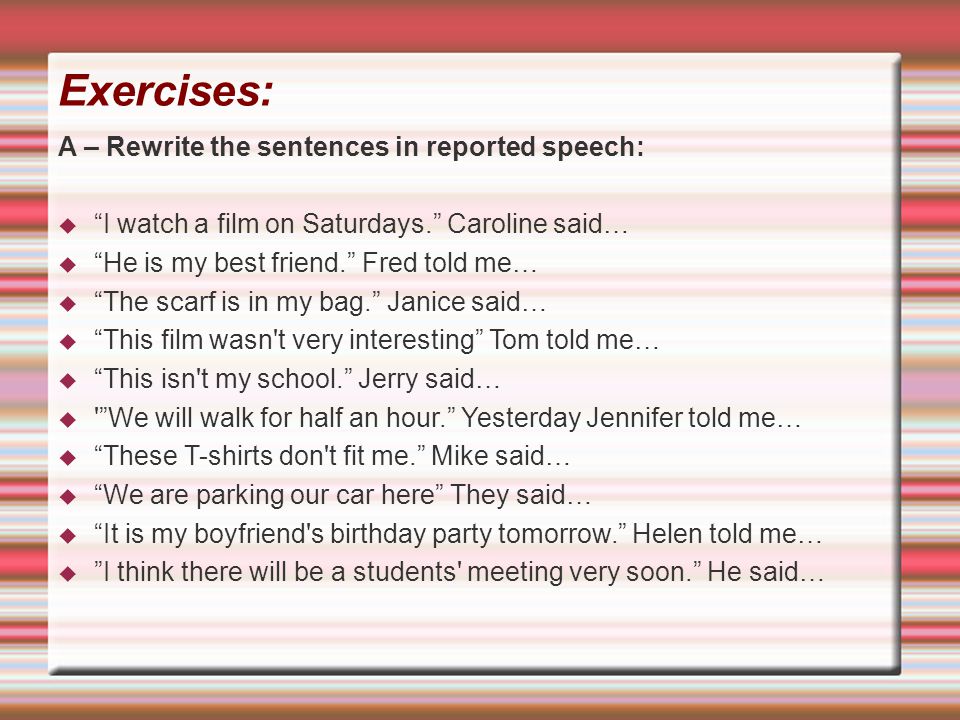
A seven-month-old child must spend at least two hours outdoors during the day, practically regardless of the weather conditions outside. Being outdoors is of great importance for the formation of immunity in a child. In addition, walking helps the baby develop new skills and learn about the world around him.
How to promote the development of a seven-month-old baby? Tips for parents
Prostock-studio/Shutterstock.com
1. Keep talking to your baby
Babies develop vocabulary according to how much their parents talk to them, but they go even further when they are given the opportunity to say something. Research shows that babbling is very beneficial for child development. Talk to your baby, tell him what you are doing and give him the opportunity to "participate" in the conversation. It's very simple. Say something and wait until the child repeats the sounds. Ask questions that require a “yes” or “no” response.
2. Teach your child about cause and effect
Press the button on the musical toy, dance to the tune.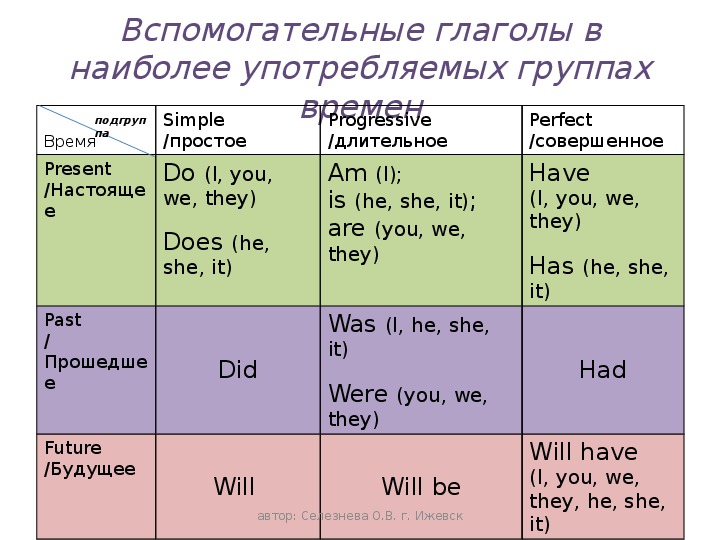 Turn on the sound video of animal voices, listen with your child to how a cow mooes, how a dog barks, how a cat meows. Repeat the sounds, encourage your baby to do the same.
Turn on the sound video of animal voices, listen with your child to how a cow mooes, how a dog barks, how a cat meows. Repeat the sounds, encourage your baby to do the same.
3. Take time to play
Place the toys on the floor with a rug and pillows and encourage the child to crawl. Get creative: build a tower of blocks and invite your child to knock it down. Try to accompany the games with music - the baby likes it, he delightfully babbles to the sounds.
If you don't mind the mess, smear the baby's table tray with applesauce and let your child paint with the mixture. While bathing, offer him small containers and plastic utensils for pouring and pouring water.
4. Read books
Set aside time to read every day, even if it's only a few minutes. Reading aloud is one of the easiest ways to improve your child's language development. In addition, it greatly strengthens the connection and feeling of closeness between you. Make reading more interesting with facial expressions, sound effects and voices of various characters. Keep books within easy reach so your child can study them whenever they want.
Keep books within easy reach so your child can study them whenever they want.
How to understand that a child is lagging behind in development?
Prostock-studio/Shutterstock.com
Your child may reach certain developmental milestones ahead of schedule or slightly behind others. This is fine. However, check with your pediatrician if you are concerned about your baby showing any of the following:
- does not roll over or sit up with your help;
- does not like to lie on his stomach;
- does not withstand the load on the legs;
- does not try to attract attention with actions;
- shows no interest in the person who cares about him;
- does not make sounds;
- does not make eye contact;
- does not try to reach for a toy that is out of reach of his hands;
- is not interested in games.
In any case, trust your instincts. The sooner a problem is found, the sooner it can be fixed.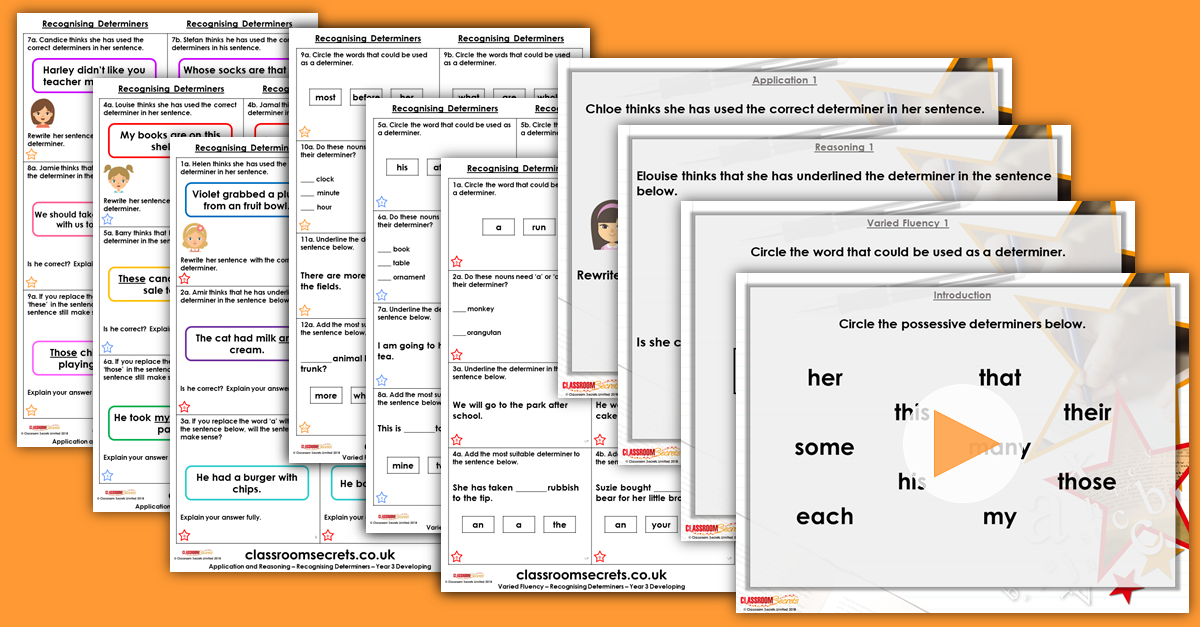
Encourage your little one to take action and he will keep up with his age. Remember that the baby needs time to understand and master many things unfamiliar to him, so take your time and do not be nervous - everything has its time. Care, attention and a lot of love will make your child healthy, strong and strong.
Please rate the article
This is very important to us
Article rating: 5 / 5. Votes count: 8
There are no ratings yet. Rate first!
Receive a school preparation checklist to your mail
Letter sent!
Check e-mail
Child development at 7 months
By 7 months the child is becoming more active and stronger. He sits up without much difficulty and can sit without support; lying on his tummy, rolls over on his back and tries to move on all fours. If you take him by the hands, he gets up, supported under the armpits, tries to walk. Taking a rattle in his hand, he swings it, rattles.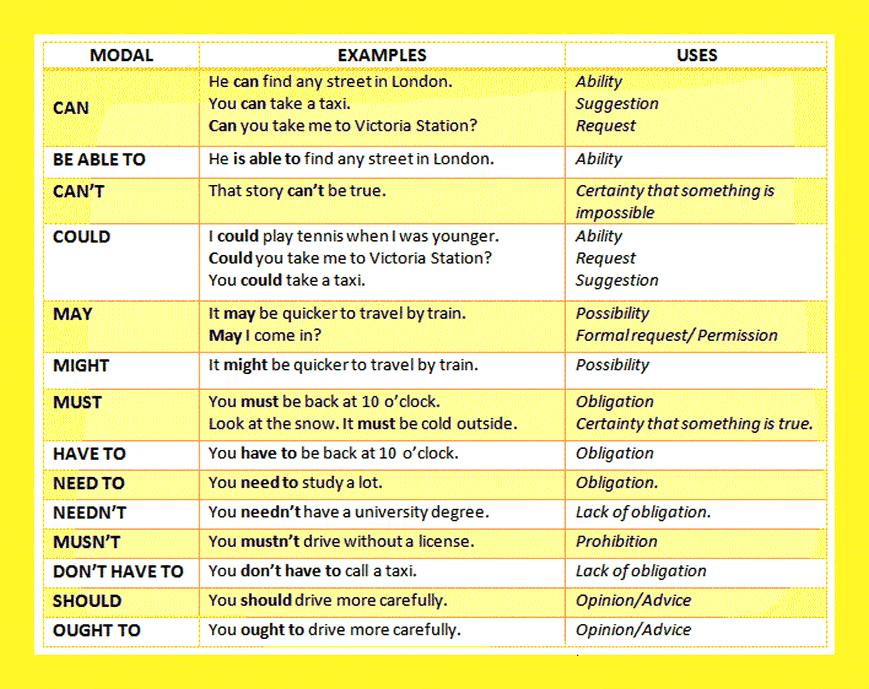 Picks up a fallen toy. He violently expresses his emotions - rejoices, smiles when he sees his mother.
Picks up a fallen toy. He violently expresses his emotions - rejoices, smiles when he sees his mother.
At the 7th month of a child's development, the foundations of future words are laid. From ordinary vocalisms, the child moves on to syllables: “ba”, “ma”, “pa”, etc., that is, in addition to vowels, he has already mastered some consonants. Watch him: he will utter a separate syllable and freeze - he listens. The kid, in turn, is carefully watching you - how do you say? He follows your lips. Make sure your child sees your lips when you talk to him.
Those sounds that he pronounces do not yet carry any semantic load. This is only a test of the voice, a test of the speech apparatus. He will learn to speak, memorize new words for a long time and so far is only at the beginning of this path. Fold your lips in a certain way, press your tongue to the gum and make a certain sound - so curious. This is a fun game for a child. Participate in this game, set the tone for it.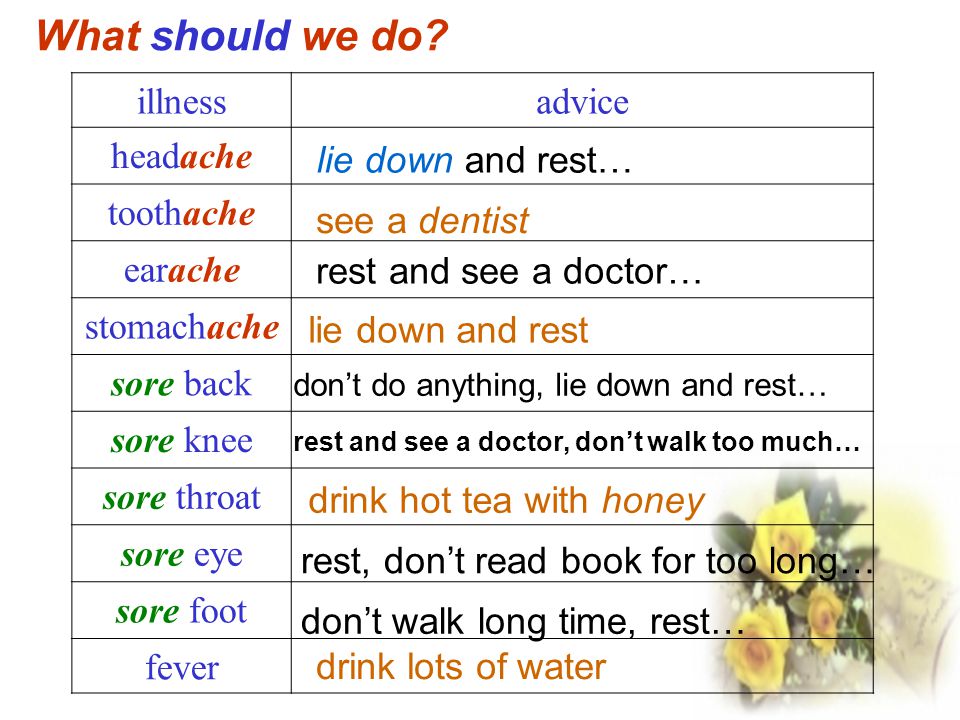
When talking to a child, point to the objects you name. In the future, this knowledge will help the child speak faster. But do not forget about the sense of proportion. Don't tire your baby too much. The limits of its capabilities are still quite small. Working with such a small child too actively, trying to make him a child prodigy for the sake of his own ambition, can only do harm.
If you notice that the child has lost interest in the subject of conversation, do not be zealous. The child was simply tired - he was filled with impressions "to the eyeballs". He needs some time to digest these impressions.
You must have read a lot of literature about small children, you have acquaintances with the same small children, or your acquaintances have already raised their children and now they authoritatively tell you that your child at 7 months of age should be able to do this and that. then ... And you seem to have noticed that your baby still does not know how. Don't worry, everything will come.
